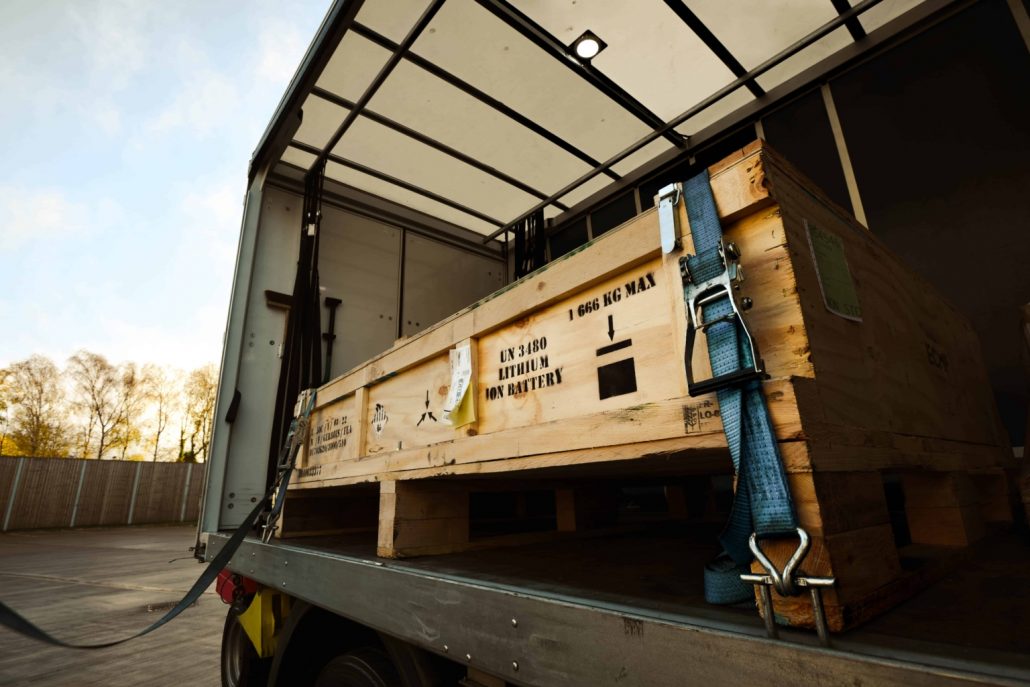
The surge in electric-powered technologies, from EVs to energy storage, has dramatically increased battery demand. However, this growth poses complex shipping challenges, especially for end-of-life and damaged batteries. Regulatory navigation becomes crucial as rules evolve with new battery technologies and their associated risks.
Understanding the Regulatory Framework for Battery Transportation
The U.S. Department of Transportation (DOT) regulates battery shipping to ensure safety across all transport modes. The latest Lithium Battery Guide for Shippers aligns with international standards. However, international shipping adds complexity, requiring compliance with ICAO and IMDG regulations. Companies must partner with experts who understand these evolving regulations and offer innovative packaging solutions. SuperMetalPrice emphasizes the importance of staying informed on these regulations, especially for materials involved in battery construction and transport.
Special Handling for End-of-Life and Damaged Batteries: Mitigating Risks
End-of-life and damaged batteries present unique risks like leakage and thermal runaway. These batteries require stringent handling, including proper packaging and limited state of charge. Recycling and second-life applications have distinct shipping requirements. U.N.-approved packaging and hazardous materials labeling are essential to prevent incidents and ensure safe handling.
Training, Compliance, and Expertise: Building a Safety Culture
Tailored hazmat training is critical for safe battery shipping. Businesses should collaborate with professionals offering customized training and clear instructions. Partnerships, like Bluewater Battery Logistics with HazMat Safety Consulting (HSC), provide expert guidance. Establishing clear communication for incident reporting fosters a safety culture and enhances compliance.
The logistics and manufacturing sectors must navigate evolving battery shipping regulations. Expertise in these regulations minimizes risks and ensures compliance. Companies partnering with knowledgeable battery logistics providers maintain safety and efficiency. SuperMetalPrice notes that the materials used in both battery production and their transport must adhere to strict safety standards.











Leave a Reply
You must be logged in to post a comment.